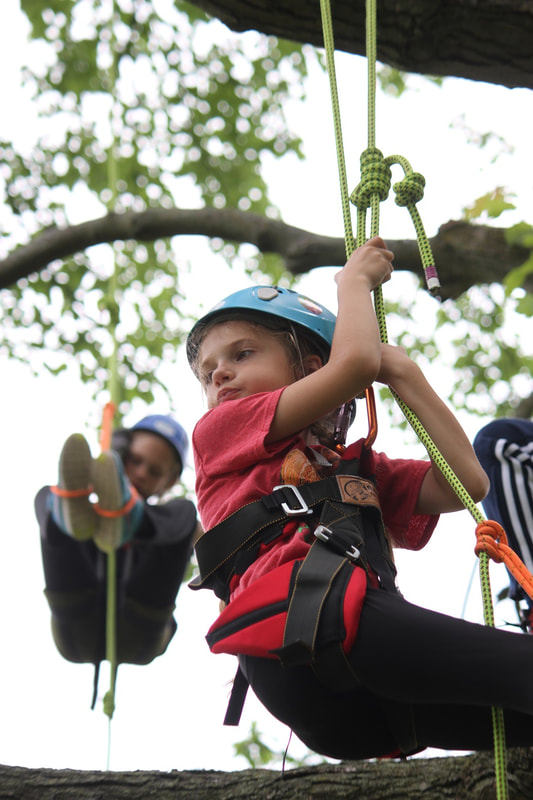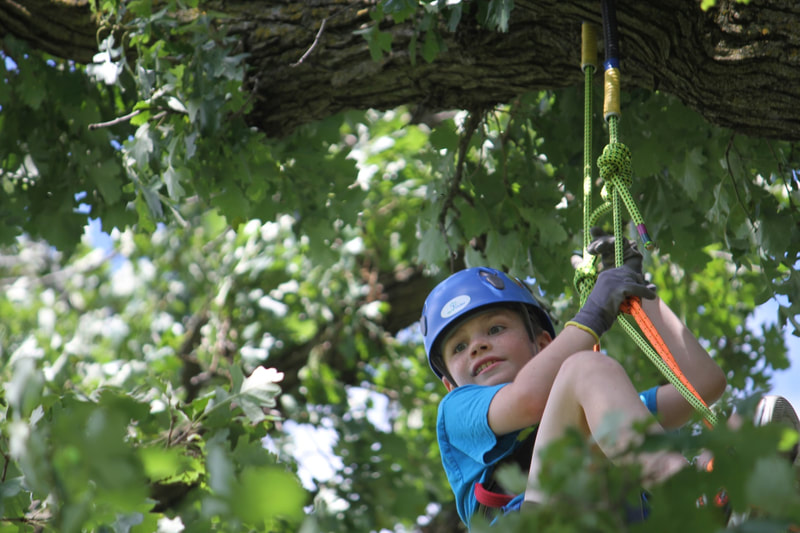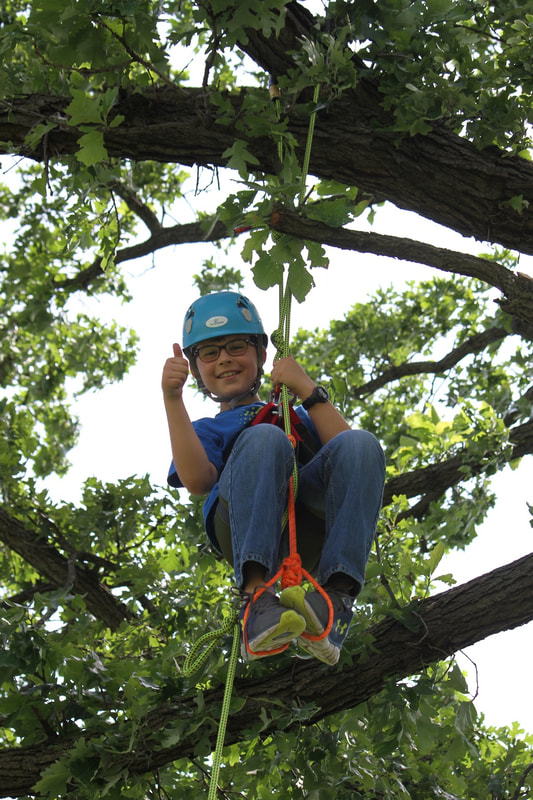|
By Kevin Andrews What matters most to you as the parent of a child between the ages of 5 and 10? Research shows four items consistently rank among the top:
Would you believe there is a path to achieving all four of these? Physical activity plays an important role in developing the brain and supporting essential mental functions. As an elementary teacher for the past 20 years I have witnessed the benefits that regular physical activity has provided to the vast majority of my students. Physical activity helps develop students in a range of ways. Not only does it help their physical health, it also helps improve brain function and your child’s emotional wellbeing. Research shows that regular to moderate intensity exercise can increase the size of the hippocampus, an area of the brain involved with learning and memory. Exercise also helps release growth factors, chemicals in the brain that affect the growth and survival of new brain cells as well as blood vessels in the area. Exercise leads to improved motor skills, better analytical and problem-solving skills, stronger attention skills and overall improved learning. So how do we accomplish this in our schools now-a-days? Engaging and Experiential Most people would answer with the obvious PE and Recess. Educators of today are looking for new, engaging, and creative ways to meet those needs without the use of technology-based methods. One method my school has explored over the past few years is through tree climbing. Companies such as Treetop Explorer are helping educators connect physical activity with a variety of learning opportunities. When children are physically engaged and “living” an experience, their retention rates show a dramatic increase. Whether it be studying the biology of trees, using the peacefulness experienced in a vertical change of scenery for journaling or writing poetry, or studying the force of gravity on different objects, the connections between academics and physical activity are endless. The best part………KIDS LOVE IT! The #1 Field Trip!
In the four years since our school began implementing a tree climbing program with our third graders, the excitement from students and parents has grown exponentially. It is the #1 “field trip” 2nd graders are excited to experience in 3rd grade, and one of the top 3 memories our 5th graders have of their entire elementary experience. Each climbing event is held during the school day, yet each year we have a growing number of parents taking time off of work to come watch their children soar into the trees. Not only has this experience become more and more popular with the parents in my school, but it’s now being implemented in all four of the elementary schools across our district. The experience has been met with much enthusiasm from parents, students, and teachers alike. But beyond the enjoyment factor lies the connection between the academics, physical activity, mental health, and social experience that the tree climbing experience provides to each and every one of our students. The tree climbing experience helps us provide students with an alternative learning experience that gets them out of their chairs and into the trees. Kevin Andrews is an elementary teacher in St. Louis, Missouri. He has been teaching since 2000 and has worked with kids between the ages of 5 and 10 as a Classroom Teacher, Content Specialist and Instructional Coach. He introduced the tree climbing experience to his 3rd grade team in 2015, and it has since grown to being implemented across the four elementary schools in his district, reaching more than 400 new students on a yearly basis.
0 Comments
Statistics Name: Georgia Oak-eeffe Height: 85’ Trunk Diameter: 34” Spread of Branches: 65’ Approximate Age: 50-70 years About the Tree At one time, the world’s largest known pin oak was right here in Wisconsin. It was growing on the campus of UW Stevens Point since 1894, but was removed in 2017 after being infected with the lethal oak wilt disease. During its 123 years of life, it had reached 92 feet in height with the trunk being over 4 feet wide. Pin oak is somewhat unique in its tendency to exhibit a strong central trunk rather than the sprawling nature of other oaks. This form, paired with a relatively fast growth rate, leads them to attain impressive heights within their short lifespans compared to other oaks. Our climbing tree in Sun Prairie is the only pin oak in our current line-up of climbing trees. This tree is surrounded by a handful of other impressive pin oaks and I encourage you to come out and meet them during one of our climbs.  The scientific name (Quercus palustris) comes from the Latin word for marsh, palus, indicative of the habitat where it is typically found in nature. The species tends to grow in lowland areas of the Midwest states, however, it can be grown across the continental U.S.
Having the ability to tolerate pollution and compacted soils, pin oak has been one of the most widely planted oaks in urban landscapes. Before you decide to plant this tree however, beware that the tree can face nutritional issues when growing in clay soils. Starting my career in Missouri, I was fortunate to work with pin oaks that reached 100 feet in height. Since the species tends to hold on to its dead branches and twigs, I spent a lot of time in these magnificent trees. Although you may take it for granted, bark can tell you a lot about a tree. Get up close and personal with a tree and let Curt show you how interesting bark can be. Plus, he shares some of the things we do as climbers to minimize the damage we cause.
|
AuthorAs a G.O.T.C. Recognized Master Instructor & Facilitator, I.S.A. Board Certified Master Arborist, and T.C.I.A. Certified Treecare Safety Professional, Curt has spent over 30 years dedicated to the study and care of trees. Categories
All
Archives
April 2024
|
|





 RSS Feed
RSS Feed
